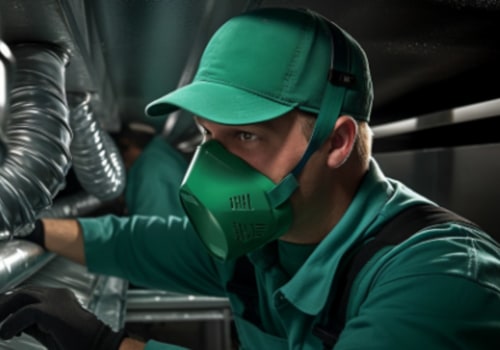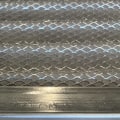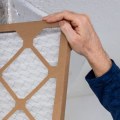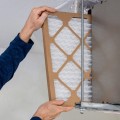Minimum Efficiency Report Value (MERV) ratings measure a filter's ability to capture particulate matter. Filters with MERV-13 ratings or higher are capable of trapping smaller particles, including viruses. But does a MERV 13 filter meet your needs? A MERV 13 filter is a step in the right direction and captures more particles than a typical MERV 8 filter. However, it's not as effective at capturing small virus-sized particles as a HEPA filter.
A MERV 13 will trap less than 75% of air particles that are 0.3-1.0 microns in size (coronavirus is 0.1 microns). It can also be difficult for many existing HVAC systems to adopt a MERV 13 due to the greater fan load of finer filter media, which can reduce airflow if your system is not designed to handle that type of filter. On average, many installations are limited to one type of MERV 8 or MERV 9 filter. MERV 13 air filters can filter out bacteria and viruses that can cause infections.
Camfil is leading the initiative to educate customers about the different MERV ratings and how to know if you are getting what you paid for. The most commonly used filters are in the MERV 13 to 16 range, which will capture lead, humidifier, nebulizer, charcoal dust, legionella, insecticide powder and sneeze cores from copier toner, automatic fumes and bacteria. When using a 4" MERV 13 filter instead of a 1" filter, the resistance is reduced and the flow rate increases from 320 fpm to 460 fpm. A filter with a MERV rating of 14 may be able to remove VOCs* from the air, while a different filter with the same rating may not be able to. With a portable air purifier through Sanalife, you can access easy-to-use air filtration systems with MERV 13+ ratings. In addition to upgrading your air filter to a MERV 13, there are other secondary precautions you can take to protect yourself from disease.
A HEPA filter is essentially the ultimate solution in the air filter world and far exceeds what a MERV 13 is capable of. For HVAC systems, ASHRAE recommends a filter with a minimum MERV rating of 13, but MERV 14 or higher is preferred. These filters can capture particles that are even smaller than previous MERV ratings, ranging from 0.3 to 1.0 microns in size. Filters with a MERV rating of 11 can capture some coronavirus particles (65%), but MERV 13 is more effective, removing 85% of particles at 0.3 microns. Therefore, a filter with a MERV rating of at least 13 would efficiently capture COVID-19 virus particles and could help reduce the spread of COVID-19 indoors.










